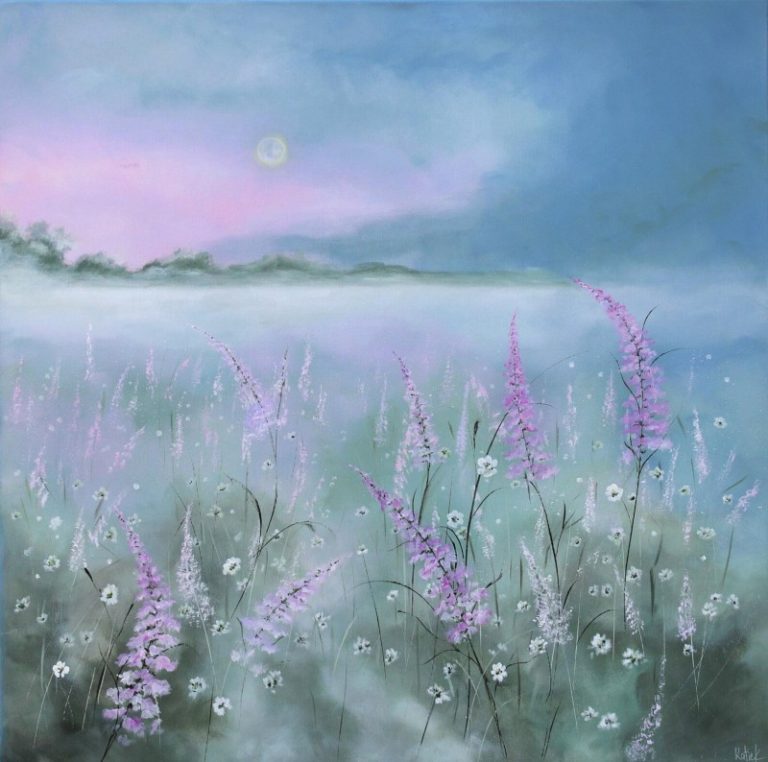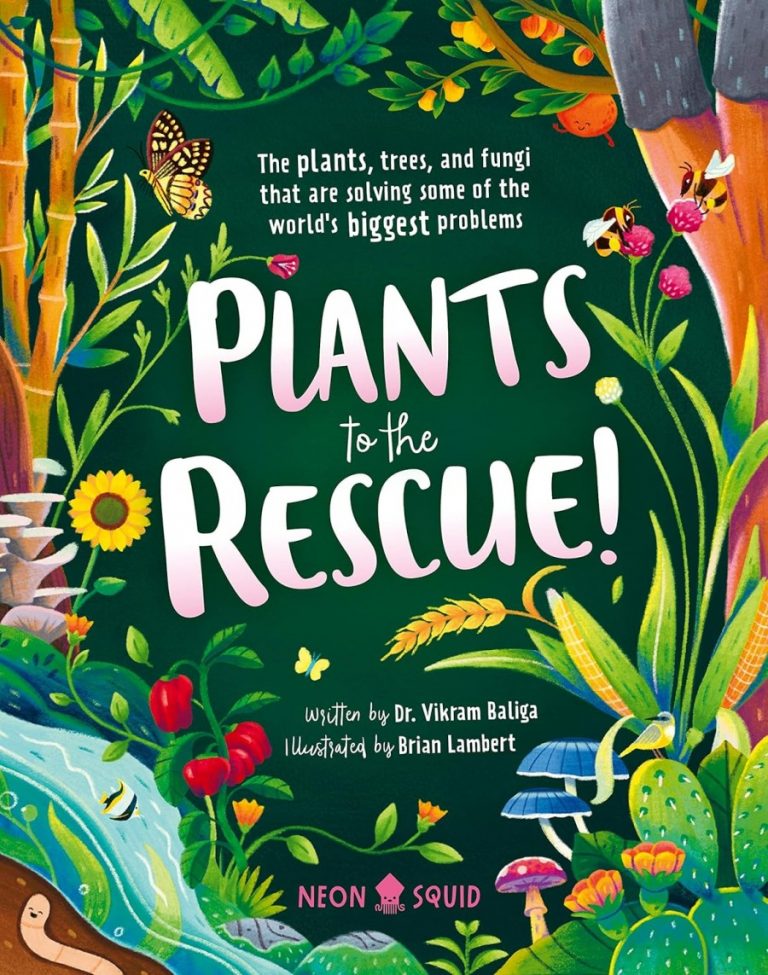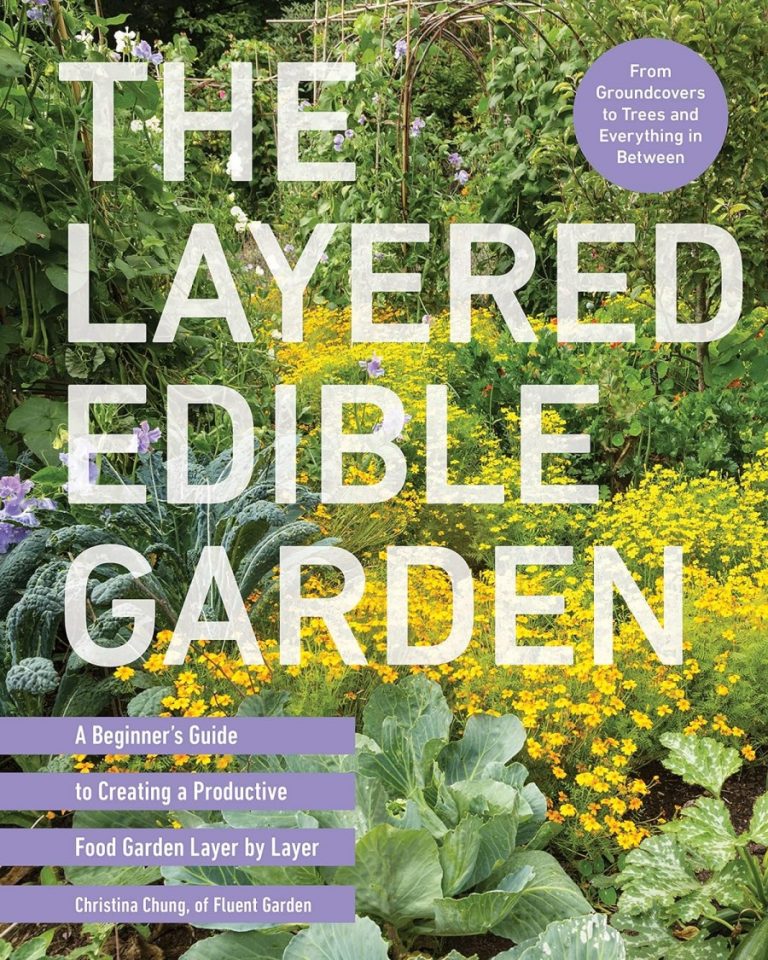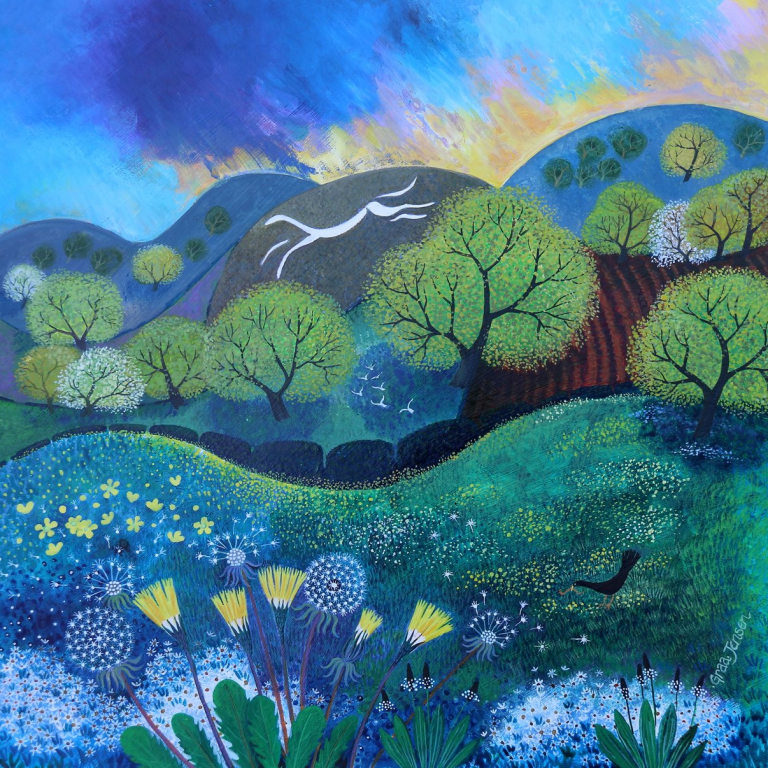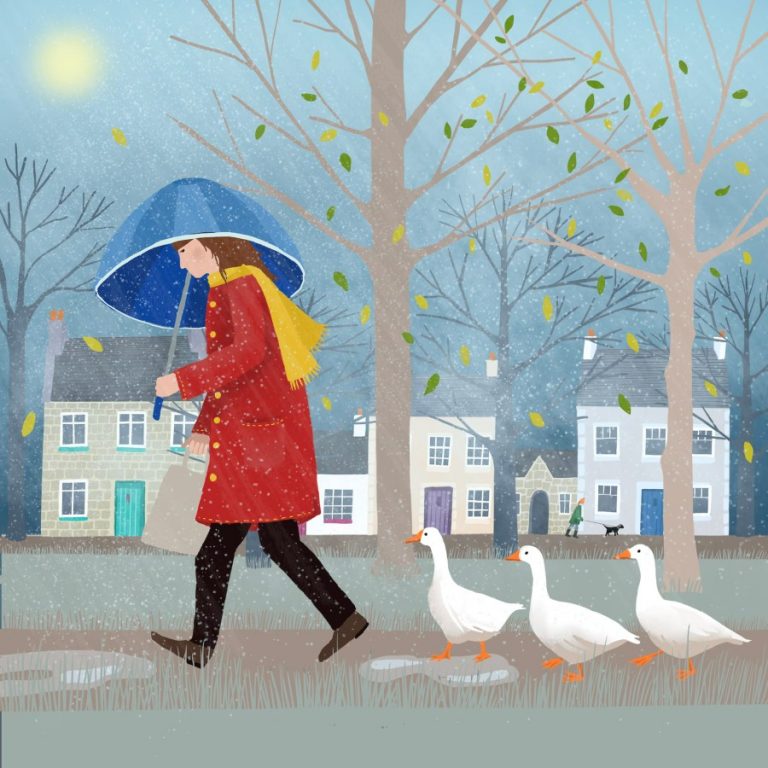
Imagine stepping into your garden, the air filled with the calming scent of lavender. The rich purple blooms not only look stunning, but they also support bees and butterflies. Lavender brings more than beauty to your space. It attracts pollinators, fills your kitchen with flavour, and offers endless uses in crafts and wellness.
Growing lavender at home can sound tricky, but it is easier than most believe. Using no-dig methods, you keep the soil healthy and make the process simple. From choosing the right variety, preparing a spot, to caring for your plants—this guide will help you succeed, even if you are just starting.
You will learn which varieties give the best scent, how to make the soil just right, when to plant, and how to enjoy the blooms for months.
Read our posts on no-dig gardening, and how to create wildlife-friendly-gardens.
Most pets won’t eat lavender plants, but they can be toxic (especially if used as essential oil). Never use aromatherapy oils near pets (including if pets sleep on beds – air rooms if used before allowing them back in, if used). Read our post on pet-friendly gardens.
Success with lavender begins with smart choices. Select robust, scented varieties and a sunny, well-drained spot. The right start makes caring for your plants simple.
Select Scented Varieties
For a strong, sweet scent and healthy growth in English gardens, try English lavender like Lavandula angustifolia ‘Hidcote’ or ‘Munstead’. These are favourites for beginners and experts alike. They offer:
- Compact, tidy shapes—suitable for small plots or pots.
- Rich, long-lasting fragrance.
- Reliable flowers each summer.
- Good resistance to diseases.
- High appeal for bees and butterflies.
‘Hidcote’ stands out for its deep colour and perfume, remaining popular for cottage gardens and patios.
Prepare Soil with No-Dig Method
Proper soil helps lavender thrive. No-dig gardening skips the backbreaking work. It keeps soil life healthy, which means better growth for your plants and more food for helpful pollinators.
Benefits of no-dig:
- Fewer weeds over time.
- Soil stays loose, perfect for lavender roots.
- Worms thrive, boosting soil health.
Step-by-step:
- Lay a fresh, 5-cm thick layer of compost right onto your chosen spot—no digging needed.
- Check soil pH aiming for neutral (pH 6.5-7.5). Add garden lime if it is too acidic.
- Mix a handful of grit or sharp sand into the top layer if your soil is heavy. This keeps roots dry and healthy.
Choose a sunny site: at least six hours of sun each day. Leave 30-45 cm space between plants. This spacing gives air flow and reduces risk of mould or rot.
- Hidcote lavender for pots and borders (deep purple, with strong scent)
- Munstead for edges and herb gardens (fragrant reliable flowers)
- Grosso for hedges and large beds (tall, good for cutting gardens)
Plant and Maintain Your Lavender
Planting is best done in spring or autumn. Routine care keeps the scent and flowers coming year after year.
Planting Steps
Before planting, water pots well so roots slide out easily.
- Make a hole twice as wide as the root ball but no deeper.
- Place the plant level with the surface so stems do not rot.
- Fill gaps with extra compost and firm gently.
- Top with a 2-cm layer of gravel or coarse sand. This mulch keeps weeds at bay and stops the base from staying too wet.
Watering and Pruning Care
In the first months, water your lavender if the soil is dry at root level. Once roots settle, water rarely.
- Water deeply, but only when the top few centimetres of compost are dry.
- In most English gardens, rain is enough for mature plants.
After flowering, cut back stems by about one third. This keeps bushes tidy and prevents gaps. Use sharp snips and avoid cutting into woody, leafless stems, as these rarely sprout new growth.
Prune in late summer or early autumn.
Support Pollinators in Your Garden
Lavender draws bees and butterflies from far and wide. For strong pollinator support:
- Grow clusters of lavender, not single plants.
- Pair with herbs like thyme. Note marjoram and oregano are toxic to pets.
- Skip pesticides. Most are harmful to bees and can spoil the scent you worked hard to grow.
Leave old stems through winter if you spot insect homes; tidy up in spring when new growth returns.
Harvest and Enjoy Your Scented Lavender
Harvest at the right time and enjoy lavender year-round. Dry bunches for crafts, flavour sugar for baking, or even add a sprinkle to homemade lemonade.
When and How to Harvest
Lavender is at its peak scent when about half the buds on each stem have opened, usually mid-summer.
Steps for best results:
- On a dry morning, after dew dries, snip stems just above the leaves.
- Gather 10-15 stems at a time and tie with string.
- Hang upside down in a dark, dry, well-ventilated room.
- After two weeks, flowers are dry. Store in airtight jars to keep the scent fresh.
Pick only a third of stems from each plant, so the rest keep feeding bees.

